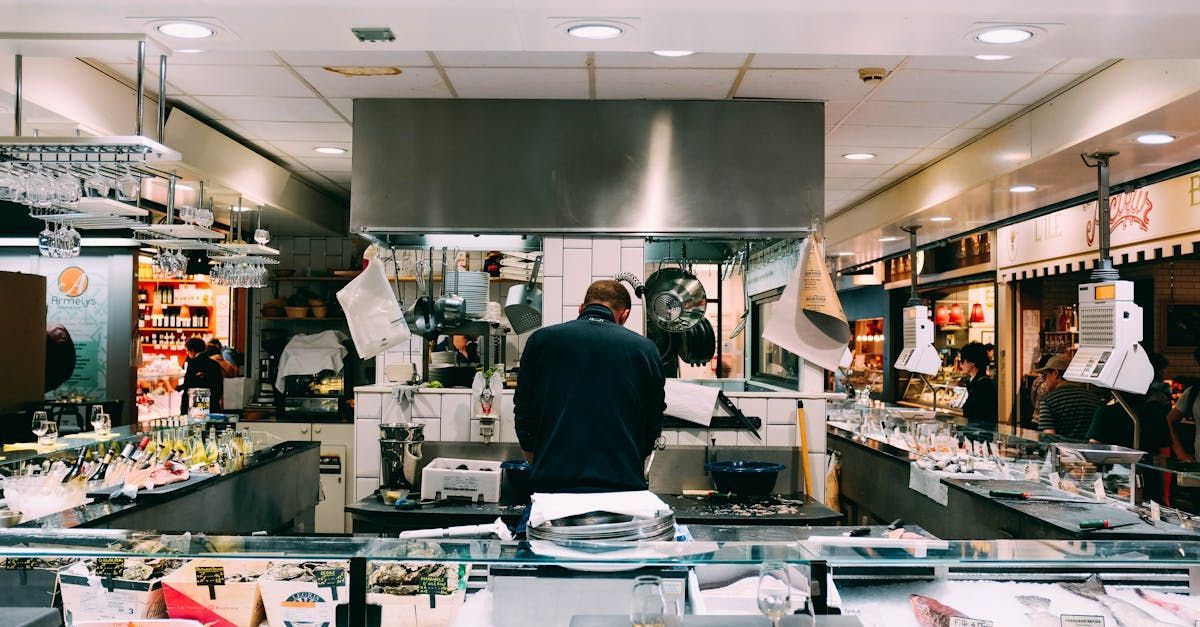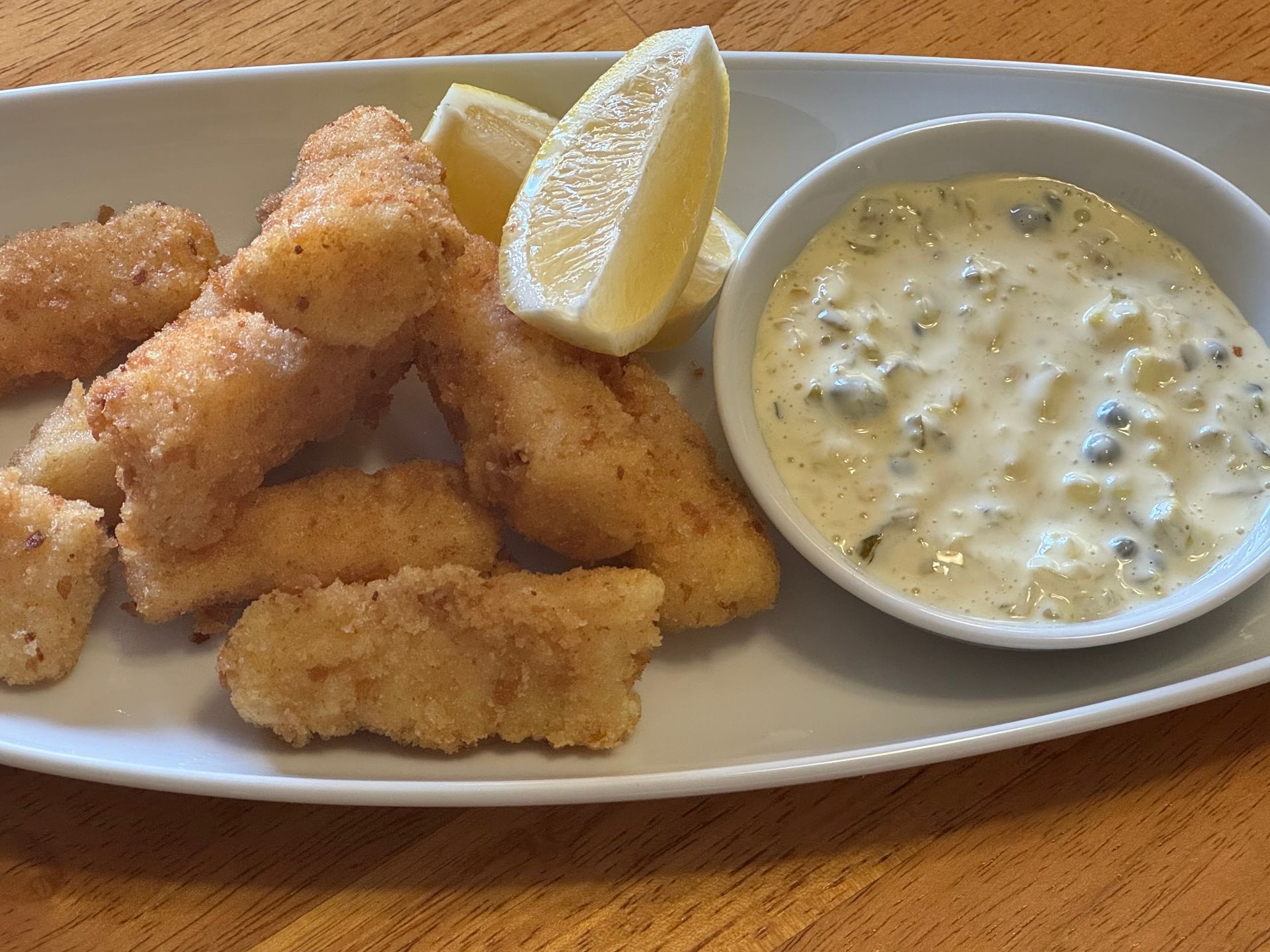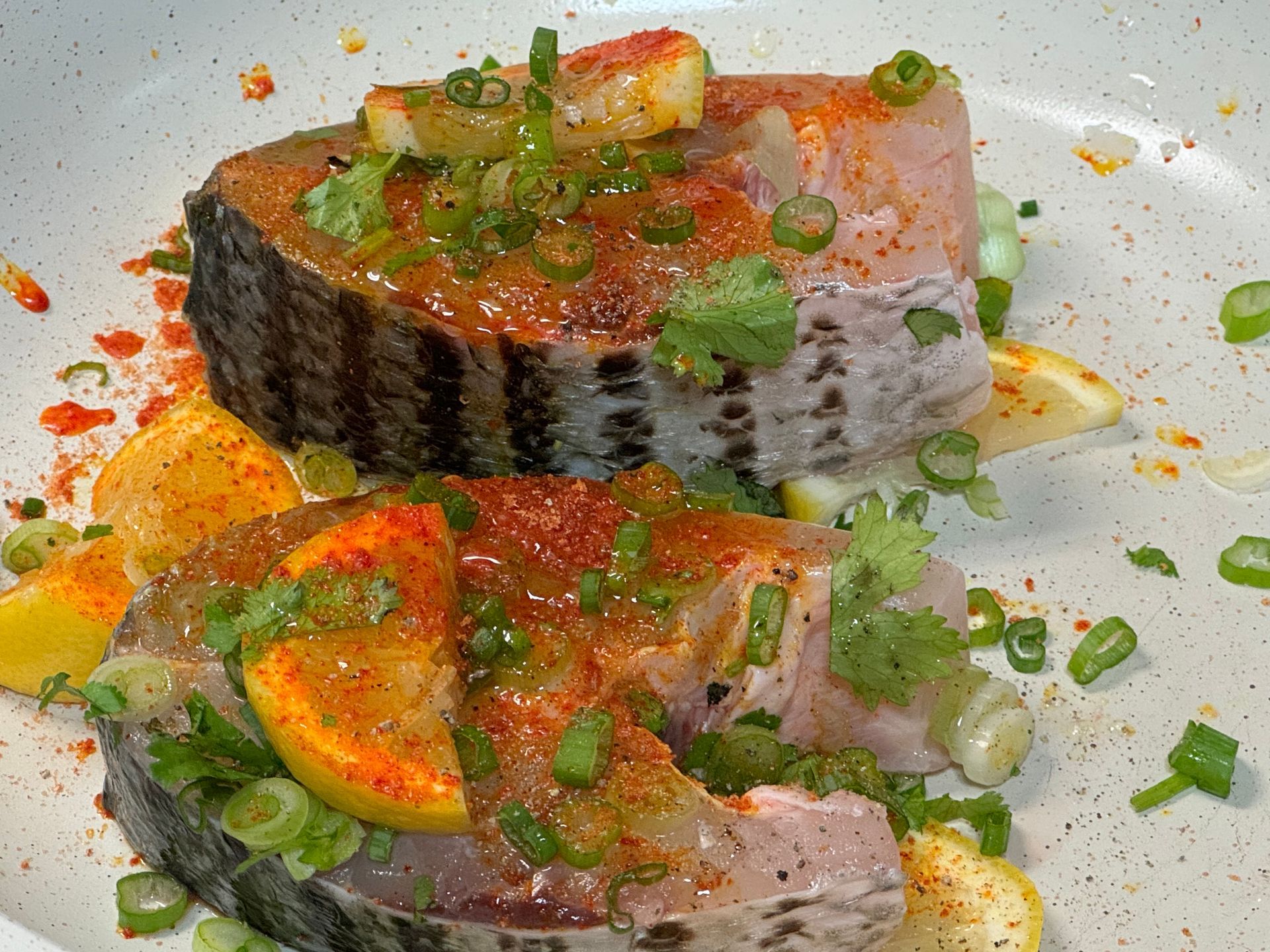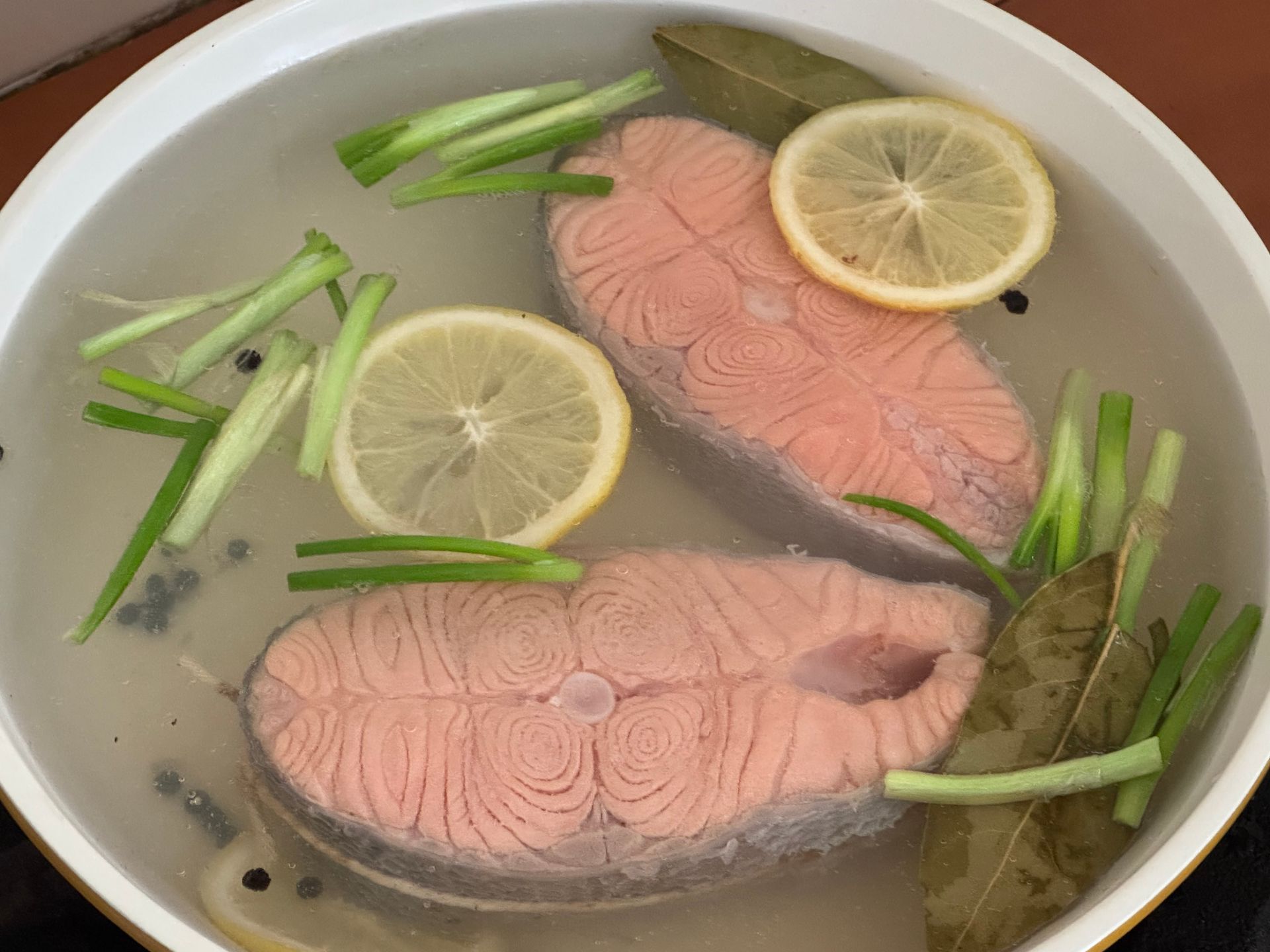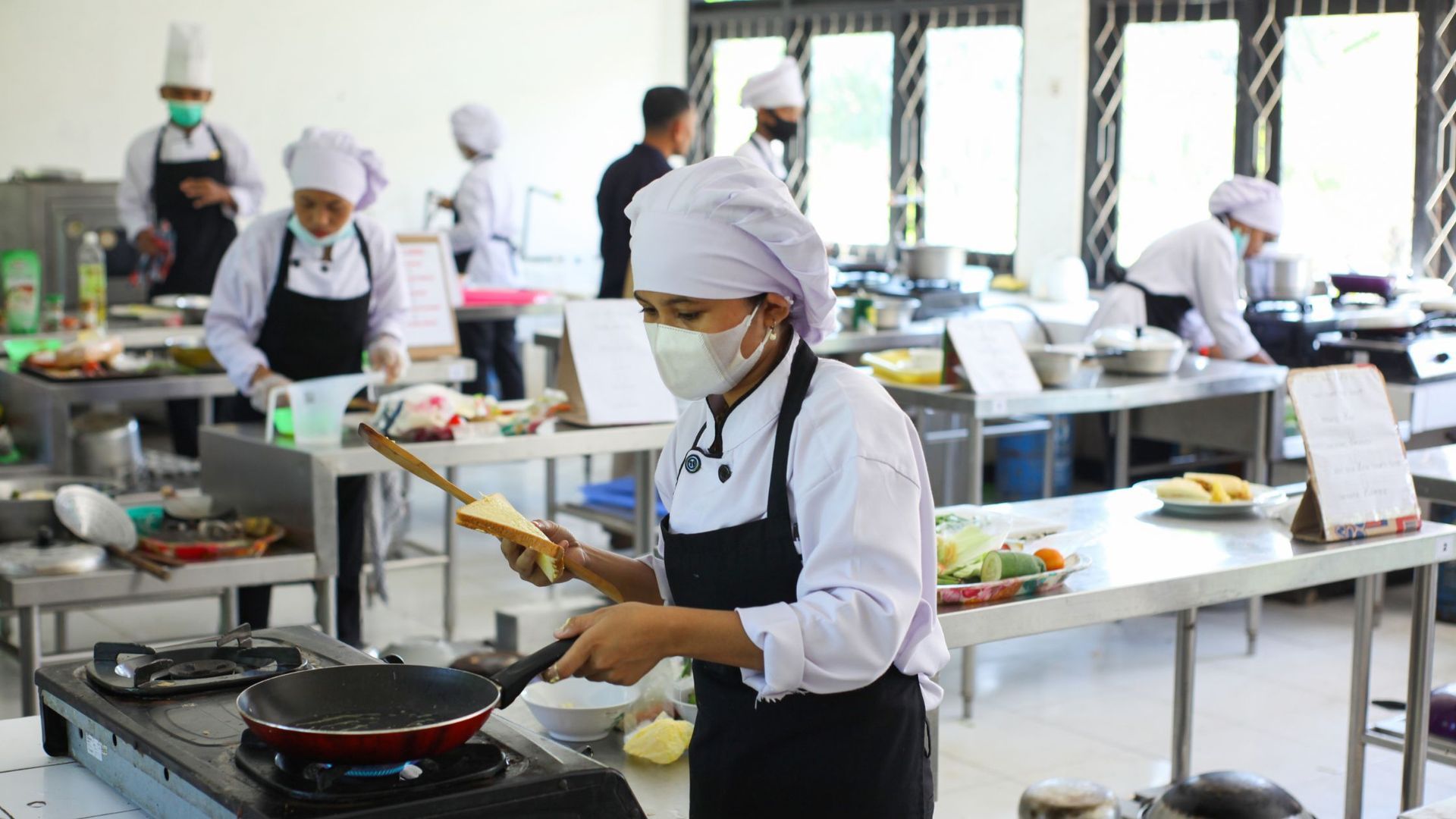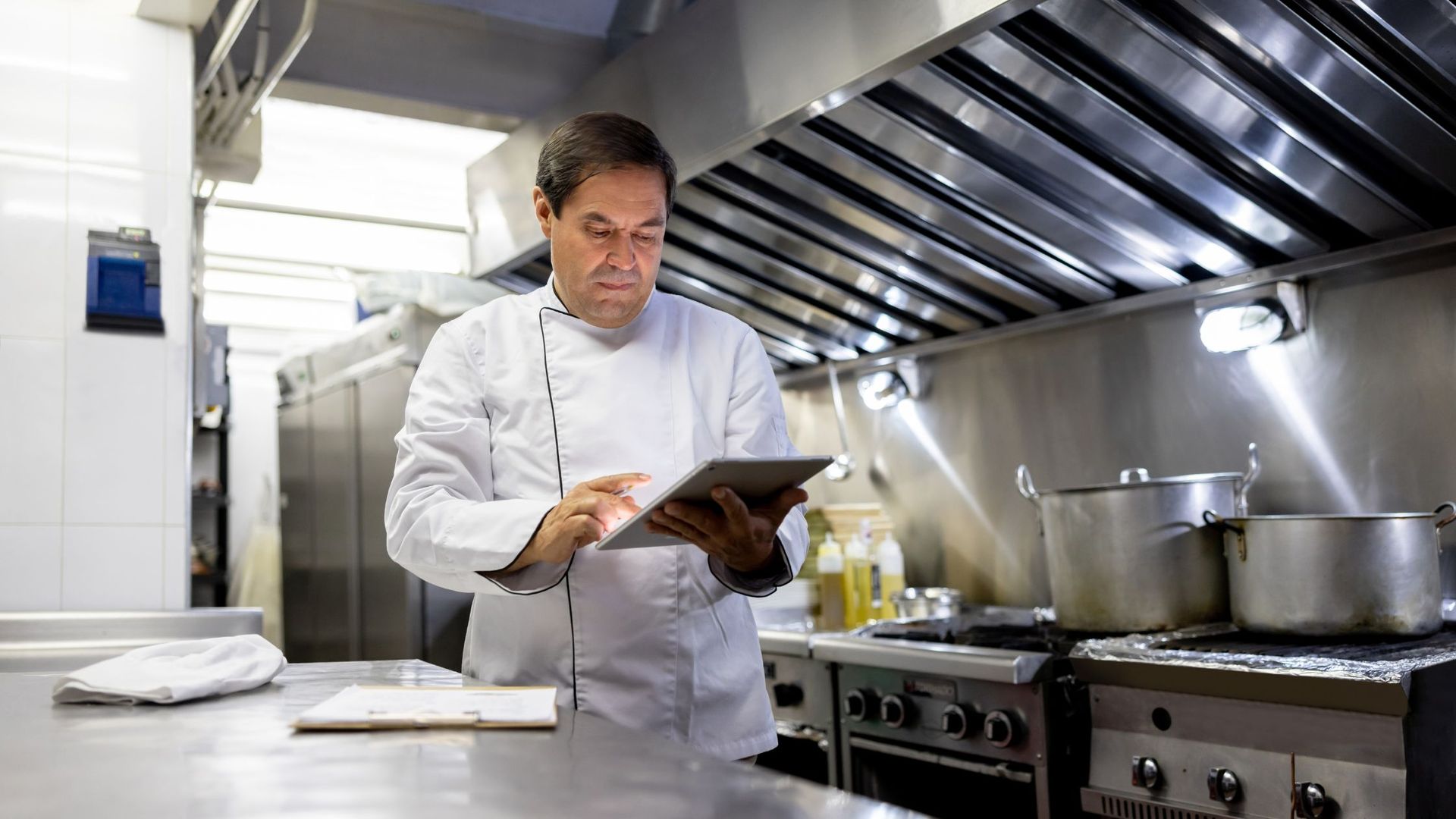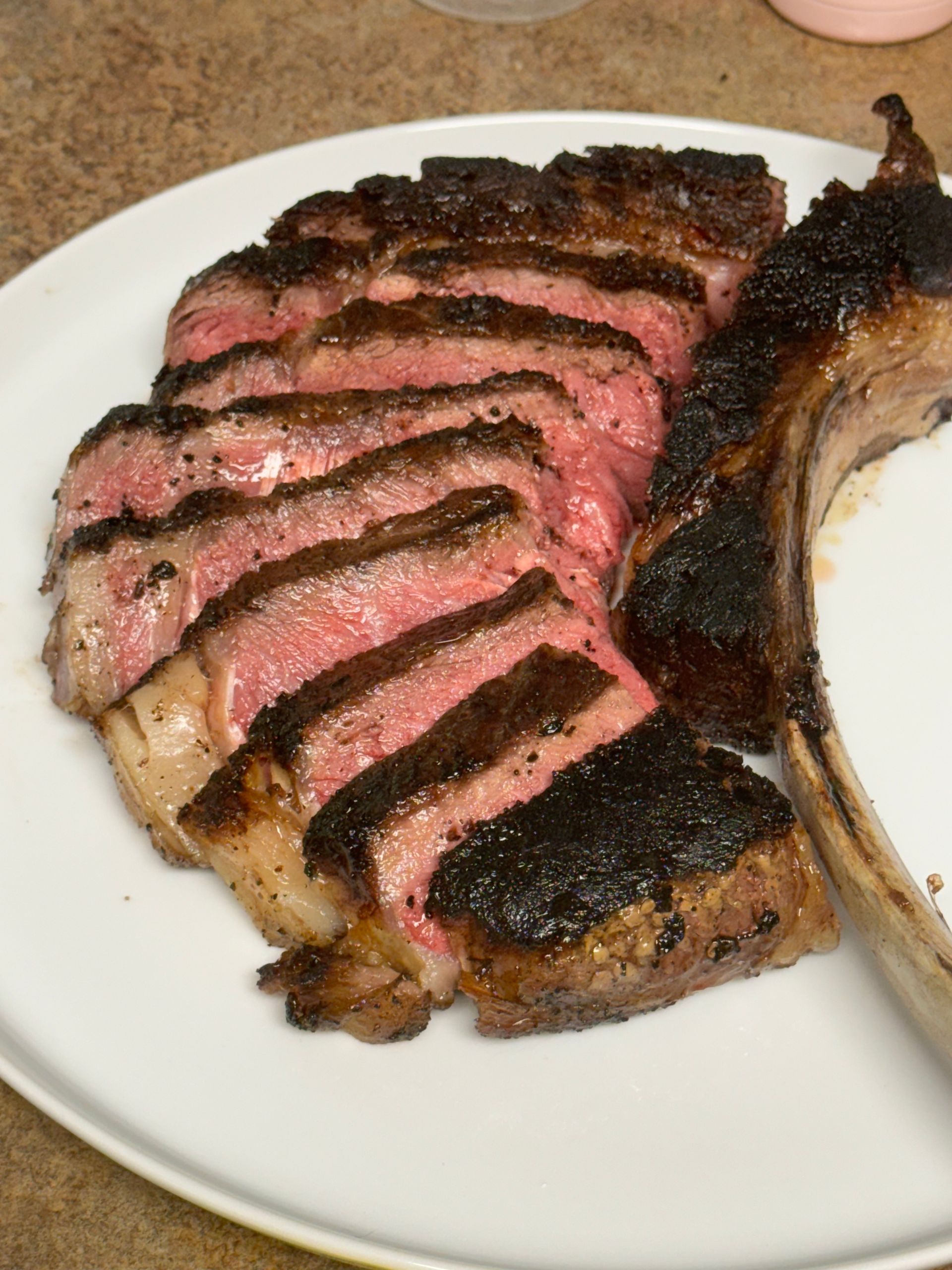
Grilling Steak
Steaks are generally very tender; strip loin, ribeye and filet mignon steaks are generally grilled in a similar fashion. I especially like ribeye because of the bone-great to nibble on!
I prefer to purchase a large steak for four people, it provides more time to develop a delicious crust on the outside and provides the opportunity to have rare, mid rare to medium slices in one, larger steak. I generally marinate strip loin, ribeye or filet mignon steaks for about thirty minutes without salt... and let the meat come to ambient temperature. I prefer fresh herbs, shallots, garlic, pepper and oil to marinate. I like to add a little compound butter onto the steak while it rests to add moisture and flavor. Ribeye has a good amount of fat so it's important to avoid flare ups which give a terrible flavor to the steak.
Prep Time: 2o min
Cooking Time: 20 min (grilling/ resting)
Yield: 4 portions
Ingredients
2 lbs. NY Strip, Ribeye steak, Filet Mignon...
Marinade:
4 oz. Olive oil
1 Tbsp Black pepper
3 Tbsp Shallots, minced
1 Tbsp Garlic, chopped
2 Tbsp Herbs, chopped rosemary
tt Kosher Salt
How to prepare Grilled Steak
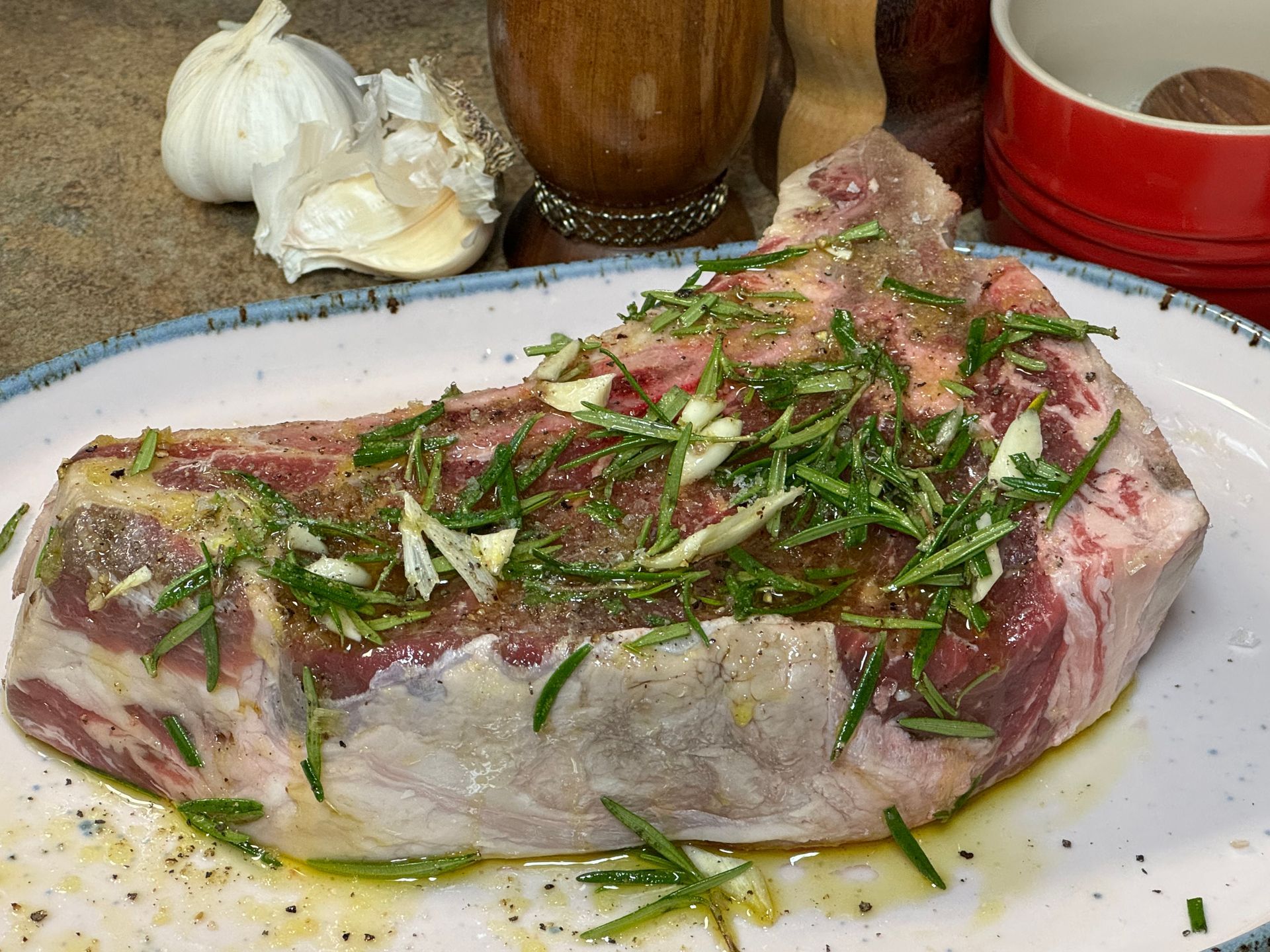
Step 1
Place all of the marinade ingredients into a bowl and blend. Place the steak into a pan and cover with the marinade, invert so the meat is completely covered.
Step 2
Heat the grill to medium high; scrub the grill and then gently oil to avoid sticking. The coals should not be smoking or have flames when you grill the meat, you should grill on red hot coals. You can add dried herbs or small pieces of wood to create a smoke/grilled flavor if you like.
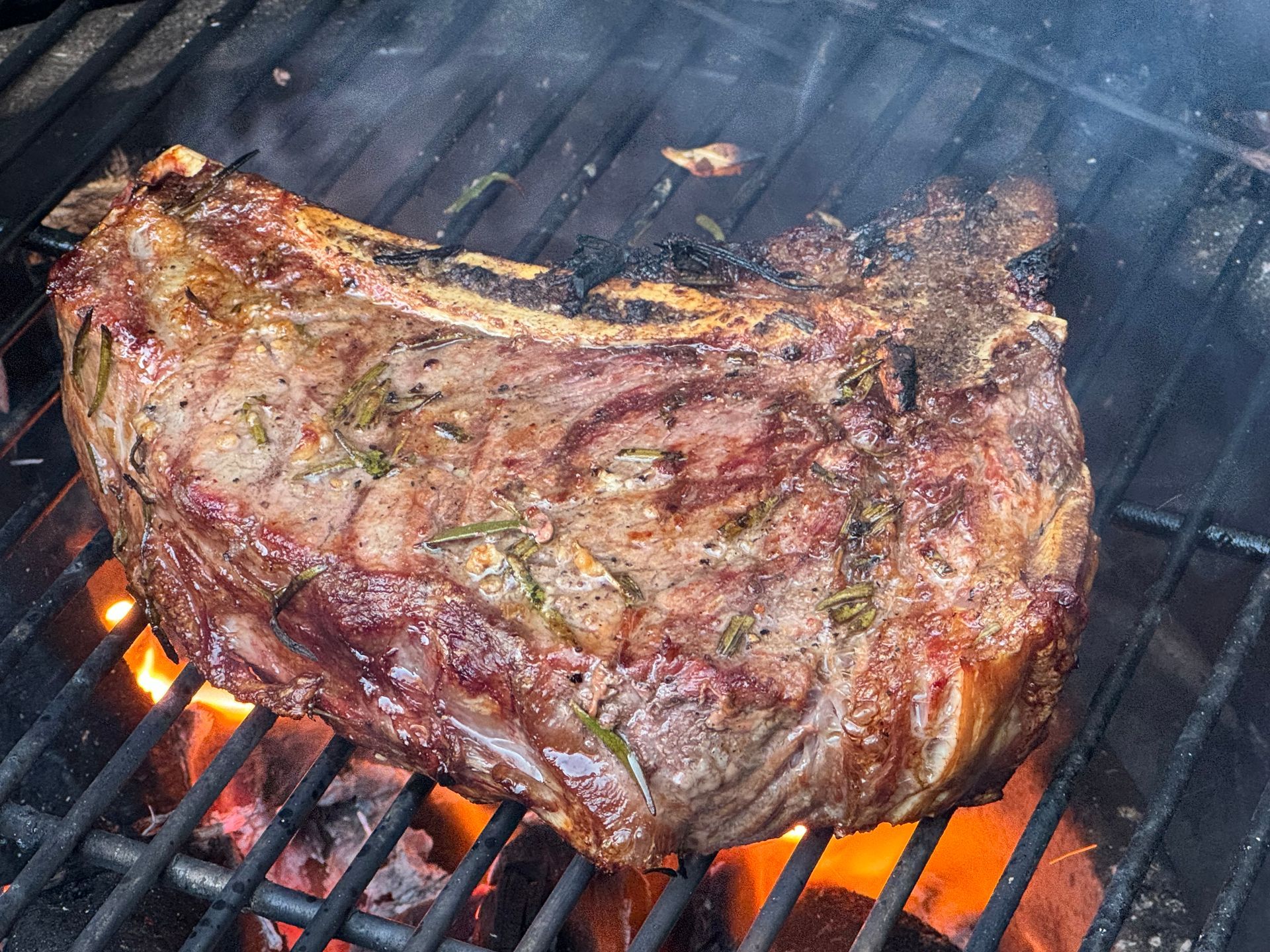
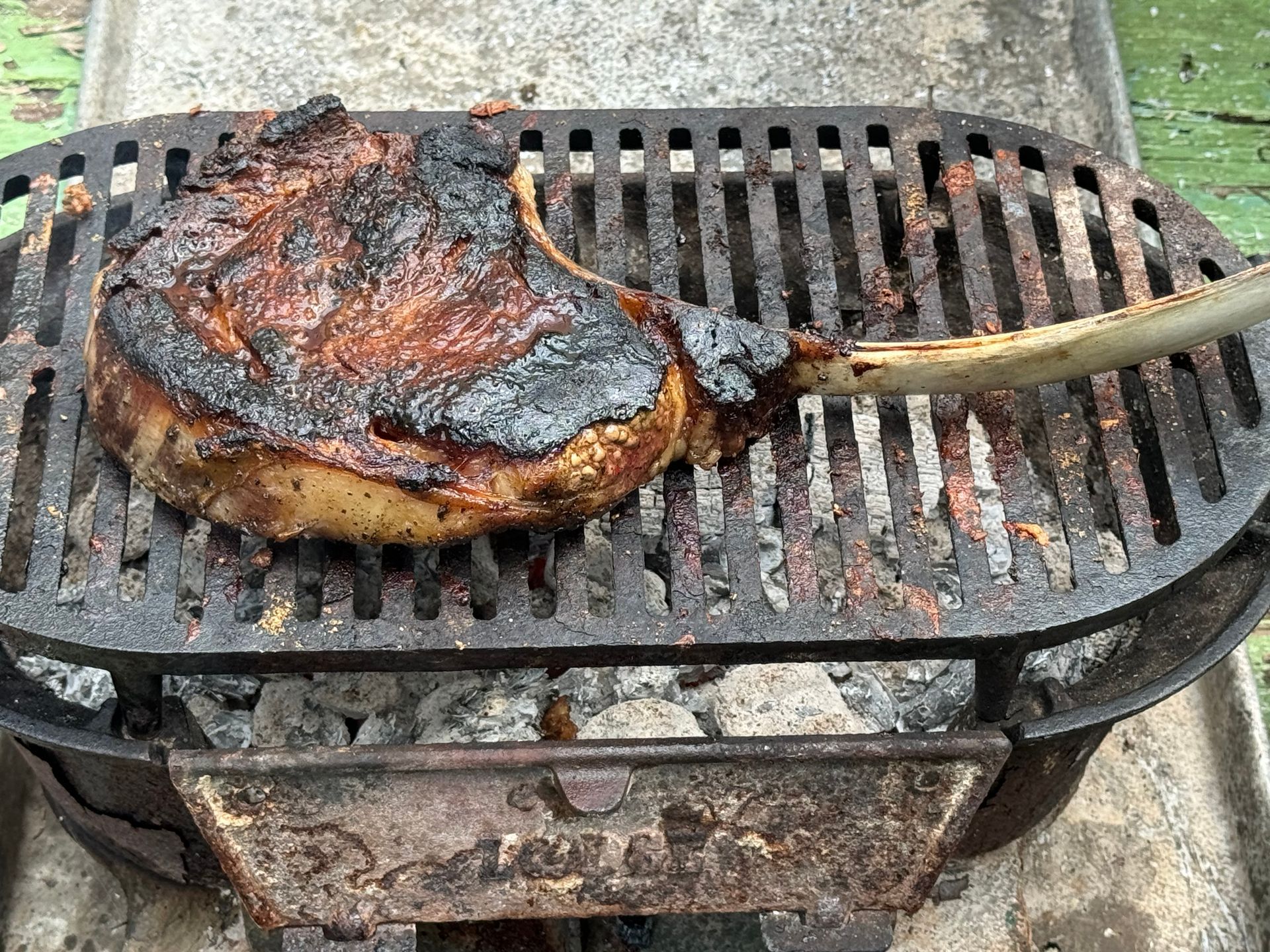
Step 3
Season the steak with salt and place onto the grill (tongs are great for this) in a hot area above the coals. Grill for 6-8 minutes and then carefully lift the meat and invert, place back onto the grill and cook for 6 more minutes. Basically continue cooking to reach the desired temperature you enjoy for your meat. Be careful to avoid flames flaring up from the rendering fat.
I love grilling steaks on a cast iron hibachi over fruit wood from my garden. Never grill over flames, let the fire burn down a bit so the steaks don't taste acrid!
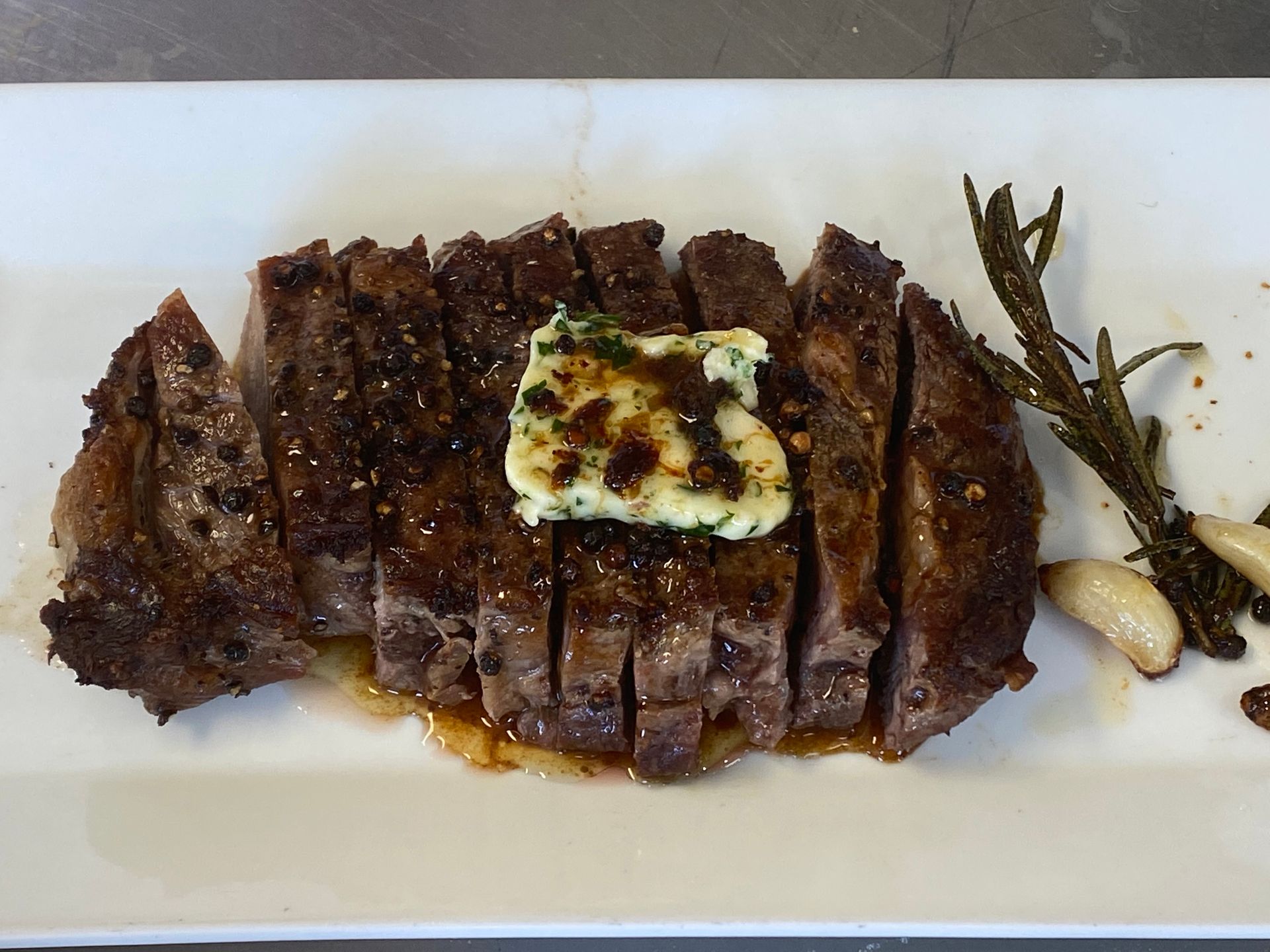
Step 4
It's important to let the meat rest for a few minutes so the juices redistribute into the muscles.... top the steak with seasoned butter (compound butter) to add some additional flavor and mouthfeel.
After the steak has rested for a few minutes, slice along the bone to remove, then slice the steak thinly and enjoy.

